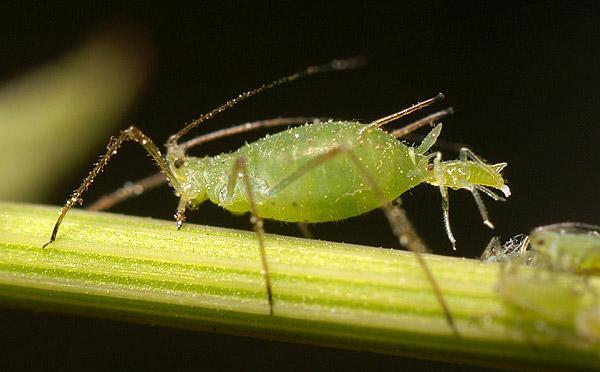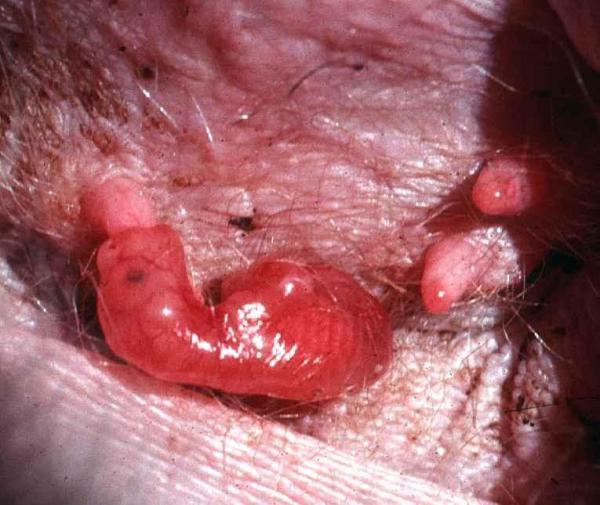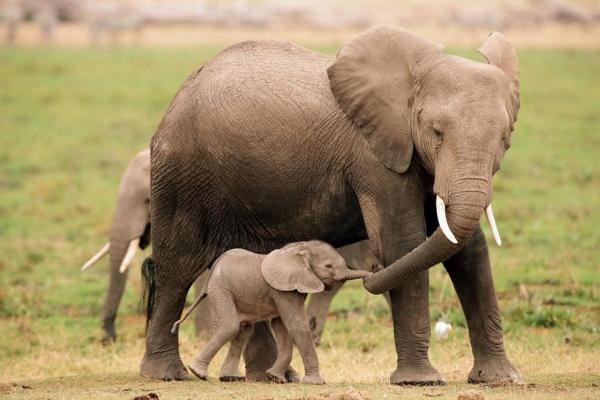
Within the great group of viviparous we find different reproductive strategies, each holding different names. In this AnimalWised article we are going to explain them and explore certain facts which are worth knowing. We aim to make clear the difference between viviparous animals and mammals.
In general, it is important to know that viviparous animals are those that develop their offspring embryos inside of the body. This reproductive strategy allows embryos to complete their development at a greater level. In addition, these developing embryos are constantly protected from predators or from any incident that could spoil the offspring.
As we know, mammals also develop their embryos inside of the mother, so they are naturally included in the viviparous group. To find out more about these groups, keep reading.
The oviparous
On the evolutionary scale: we find that the first vertebrates were all oviparous. That is to say that after fertilization, be that internal or external, the female deposits and leaves her eggs in a safe area, at their own mercy.
This, for example, is the case for sea turtles. Every year, sea turtles leave thousands of their eggs on beaches. However, with such a wide variety of predators, it is important to note that this method is not very safe for the young. In addition, many of these eggs don't even make it to their hatching stage.
As a solution to this problem, came the evolutionary development of different animal groups which led to viviparity. Viviparity consists of housing the embryos within the adult’s organism until the young complete their development.

Ovoviviparous and mammals
The ovoviviparous harbor their eggs within the adult. By storing the eggs internally, it allows the parent to protect them. It supposes an enormous energetic cost as the harboring animal must feed itself and generate sufficient energy so that the incubator bag sends sufficient food to the eggs.
In this group we include some:
- Reptiles: some snakes and lizards (families Xantusidae and Scincidae).
- Amphibians: newts and salamanders.
- Fish: sharks, stingrays and several types of small fish like guppies.
Egg development in ovoviviparous
Within the progenitor’s incubator bag, embryos develop inside each egg. Once they are completely developed, they hatch inside the body or at the time of delivery.
Once born, the mother rarely takes care of the offspring, since they are already prepared enough to have an independent life. They go through internal fertilization and the parent that shelters them is usually the female. But this is not always the case.
Interesting facts about ovoviviparous animals
There are some weird and wonderful facts about some ovoviviparous animals that have to be mentioned:
- Some Sharks experience cannibalism inside of the mother. The individuals who develop first eats its shark siblings. Therefore, we could say that the slower or malformed specimens serve as food for the strongest.
- A male seahorse harbors the eggs that the female transfers to him in her incubator bag. The eggs are fertilized as they enter the bag. There are some insects, such as aphids, that also follow this reproductive strategy.

Placental viviparous mammals
Of all the viviparous, the most advanced type are the placental viviparous. This is the case of almost all mammals with the exception of the monotremes and the marsupials.
Being a mammal includes three excluding characteristics:
- They are vertebrates.
- Females produce milk.
- They are homeothermic: they maintain a constant temperature of around 37ºC.
In mammals, fertilization is always internal. The pregnant female feeds the embryo directly through her umbilical cord: that supplies the fetus with nutrients and oxygen until the moment of delivery. From birth, the baby is dependent on its mother for milk.
The milk is exclusive of female mammals, it is a more or less fatty white liquid that provides all the necessary nutrients that a baby animal needs. It also carries antibodies and bacteria, necessary for the baby's growing immune system.
Exceptions in the mammal group
- Monotremes: monotremes, like platypus, lay their eggs outside of their body, but the mother’s still feed their young.
- Marsupials: lac the ability of growing a placenta. Most young in these species are carried and develop in a pouch, for example: kangaroos and koalas.

Interesting animal reproductive facts
The relationship between the brain development of mammals and the number of offspring they bare is very interesting. It can be said that the more complex the animal, the fewer offspring it has and the more distance there is between pregnancies. This is because at times raising a baby takes more time and demands more dedication to learning feeding techniques, such as selecting edible plants or learning hunting techniques.
Another interesting fact that is worth mentioning, is the relationship between brain development and the position of an animal’s breasts. The more developed the animal, the closer the breasts will be to the mothers head. This is because the care of the baby is more exhaustive in more developed cases and therefore requires greater eye contact.

If you want to read similar articles to The Difference Between Viviparous Animals And Mammals, we recommend you visit our Facts about the animal kingdom category.